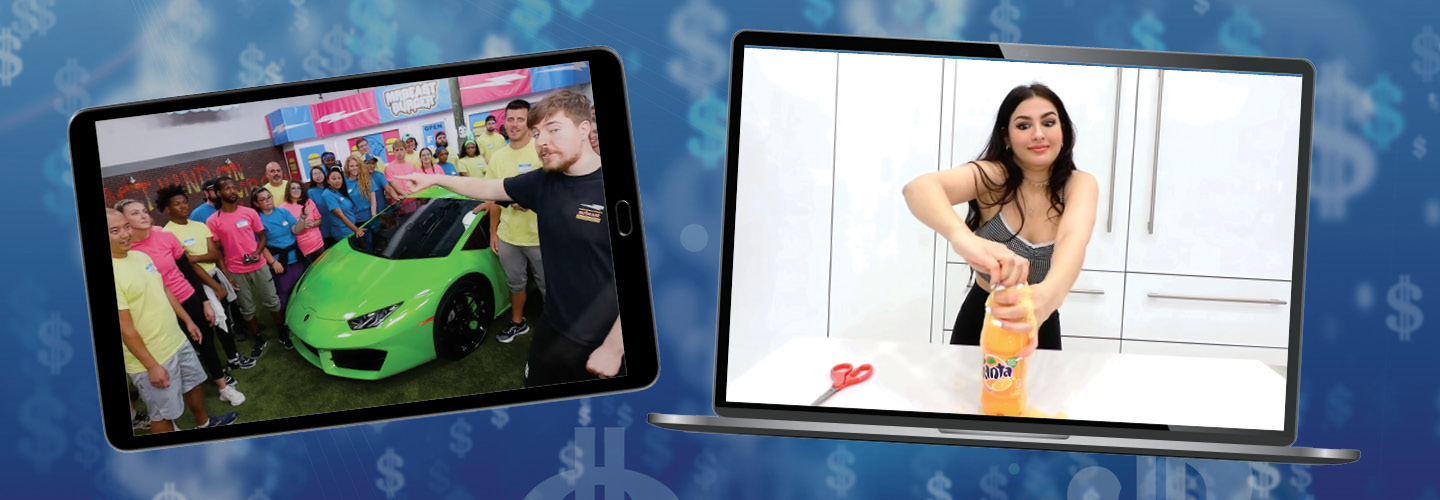During a recent YouTube video, 26-year-old lifestyle influencer Katy Bellotte modeled her new wardrobe with delight to her 470,000 subscribers.
“Guys, I’m speechless,” she said, gushing over the clothing brand she was wearing and proceeding to try on multiple looks before moving on to talk about her plans for the evening.
Bellotte is one of many influencers who get paid by companies to show off their merchandise. You’ve probably seen plenty of YouTube videos or social media posts raving about a particular product. Although you might be watching to be entertained or to learn something, the YouTuber didn’t create this video just to amuse you. Often, they’re trying to get you to buy the products featured, and advertisers are paying the influencer to do it.
Surprised? Many influencers with large followings on social media earn money by marketing companies’ products through their videos and posts. Their content helps companies influence the spending habits of millions of people, including teenagers.
While such partnerships benefit advertisers and influencers, they may not always be in the viewers’ best interest, experts say.
“These things are very deliberate, and people are making a lot of money off of them,” says Christine Elgersma of Common Sense Media, a nonprofit focused on media and kids.
During a recent YouTube video, Katy Bellotte modeled her new wardrobe with delight.
“Guys, I’m speechless,” she said, gushing over the clothing brand she was wearing. She then began trying on several looks before moving on to talk about her plans for the evening.
Bellotte, a 26-year-old lifestyle influencer, has 470,000 subscribers. She is one of many influencers who get paid by companies to show off their products. You’ve probably seen plenty of YouTube videos or social media posts raving about a specific product. You might be watching to be entertained or to learn something. But the YouTubers didn’t create these videos just to amuse you. Often, they’re trying to get you to buy the products featured, and advertisers are paying the influencers to do it.
Surprised? Many influencers have large followings on social media. Those who do can earn money by marketing companies’ products. Their content helps companies influence the spending habits of millions of people, including teenagers.
Such partnerships benefit advertisers and influencers. Still, they may not always be in the viewers’ best interest, experts say.
“These things are very deliberate, and people are making a lot of money off of them,” says Christine Elgersma of Common Sense Media, a nonprofit focused on media and kids.

